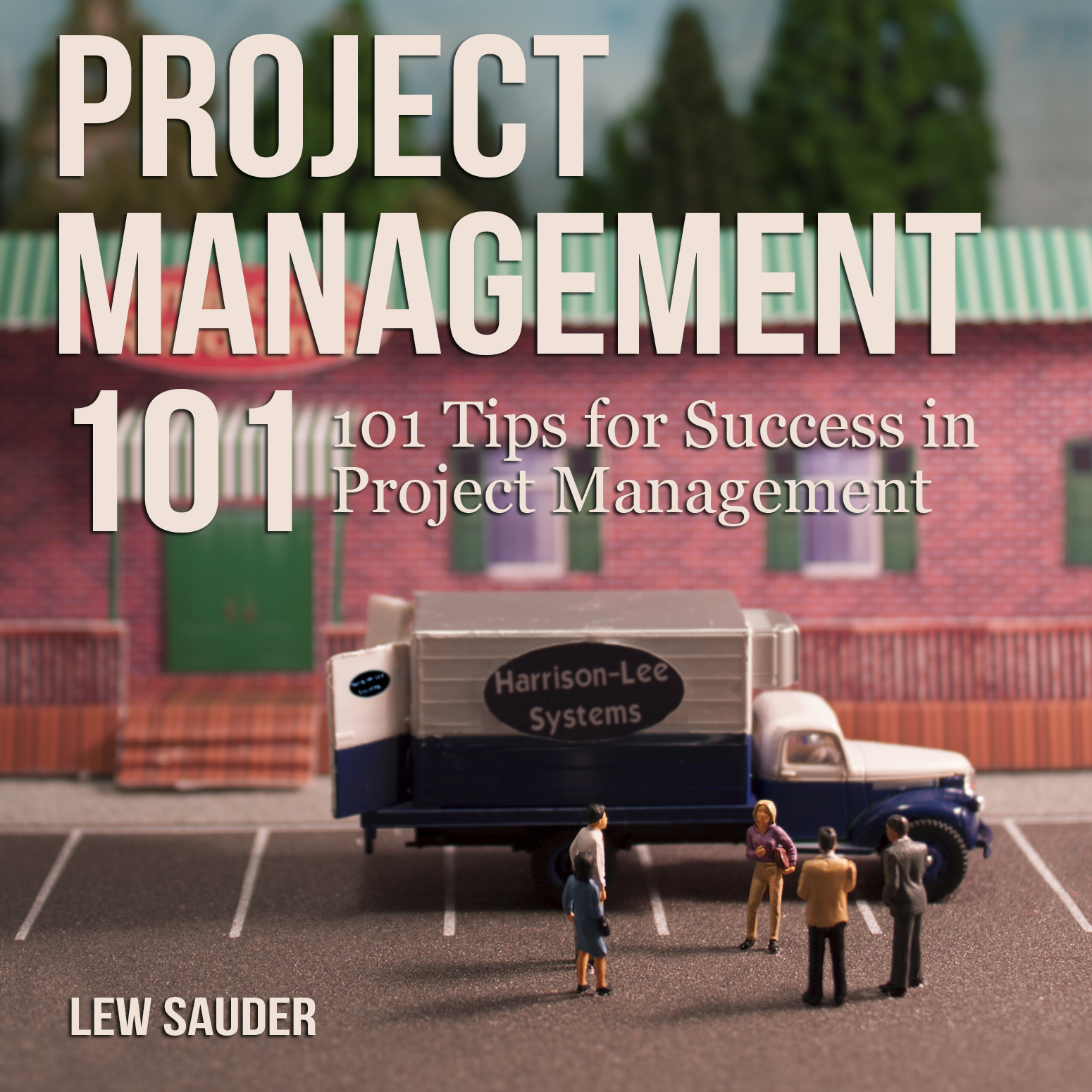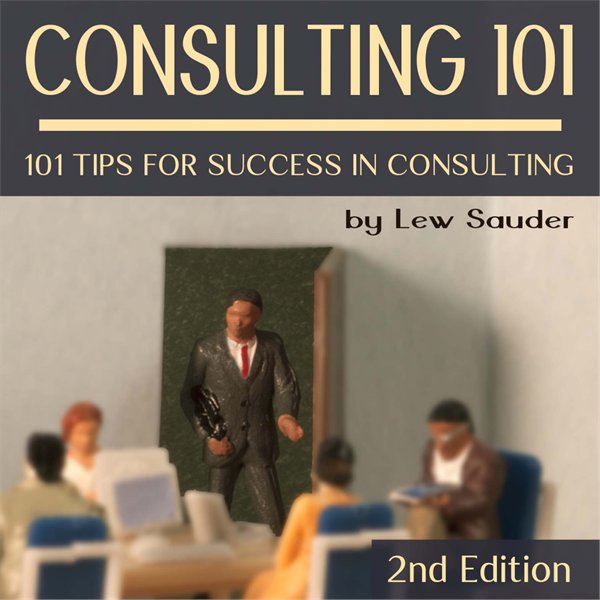Imagine going to the grocery store where food is just randomly put on shelves based on available space. You might find one brand of breakfast cereal in isle two, and another brand in isle seven.
Instead, the grocery store categorizes their products. The produce is all together in one area. The cereals are all in one isle and so on. It makes your shopping experience faster, easier, and more organized.
If you stop and think about it, most of what we do is based on how we categorize things. And the more logical the grouping is, the easier it is to be organized. A library categorizes books on their shelves by genre. Within genre, they generally sort the books by author to help you find a book easily in a large building full of books.
Categorization based on correlation
The important thing is to categorize based on some logical correlation. If the library sorted books by color, it would provide little to no value. I’ve never gone into the library looking for something green to read.
Poor outcomes occur when we base our categorizing on flawed correlations. There is currently intense debate regarding how to limit the inflow of terrorists. Should immigrants being categorized by the country they are from, their religion, or some other way? Racism roots from associating flawed correlations to broad categories of people.
When you listen to two opposing politicians debate, they are arguing two different correlations. Can we stimulate the economy by giving tax breaks to the rich or the poor? In fact, most of politics is a process of developing correlations based on categories. We categorize many of our political beliefs based on our income, age group, national region, religion, ethnicity, gender, and many other things. Many of these categorization have little to no correlation to the actual belief.
When I was a young boy in school, I remember my teacher dismissing us based on the color we were wearing. “Anybody wearing red is excused.” There was no correlation to that categorization. It was simply a random approach to grouping dismissal to avoid a bottleneck at the classroom door.
Categorizing is a skill when managing a project
Think about how often you categorize in your day-to-day work. You may categorize people based on their skill or work location. You may categorize tasks based on priority or urgency.
When you schedule a meeting, you have to decide who to invite. Most of us do that based on the category of people that need to be in the meeting. Do they contribute to the meeting? Do they need to be informed? The finance people get invited to a finance meeting. There should be some correlation between who you invite and why they should attend. Unless you just want to invite those wearing red.
I’ve often said that everything we do or say should have a purpose. Purpose is driven by correlation. Although there are plenty of random events, most events have a cause. Developing your skill at identifying causes and their effects means having a deep understanding of correlation.
We make decisions based on what we think will happen as a result. People disagree with us because they have a different set of beliefs for what will result.
For example, consider the situation that your project is running behind. You may decide that the team is spending too much time fixing issues. Someone else on the project may believe that the team is not spending enough overtime on the project.
It’s possible that either solution – or both combined – could resolve the issue. The most important point is to verify whether either of them will create a cause and effect situation. If so, determine the best solution.
Categorization should enable decision making. When categorizing anything, be certain that the categorizations are logical. Categories should be based on cause and effect rather than randomness or false beliefs. Otherwise, there is no reason for the categorization.
How do you categorize based on correlations?
If you would like to learn more about a career in Project Management, get Lew’s book Project Management 101: 101 Tips for Success in Project Management on Amazon.
Please feel free to provide feedback in the comments section below.
Image courtesy of Gualberto107 at FreeDigitalPhotos.net






0 Comments
Trackbacks/Pingbacks